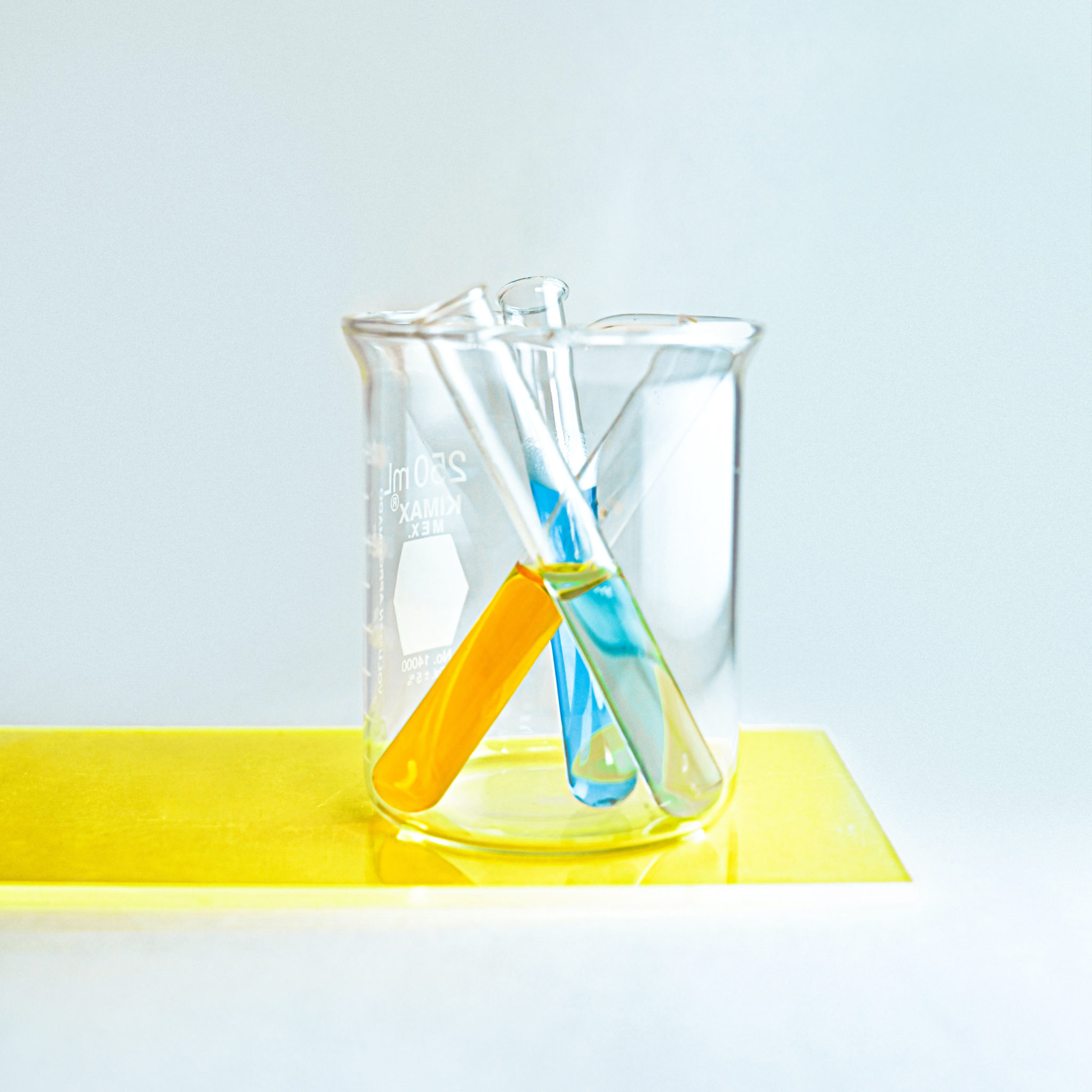Mercury is a type of toxic heavy metal that exists in different forms in the environment (elemental, organic, and inorganic). Mercury poisoning refers to toxicity from mercury consumption.
The small amounts of mercury consumption from dental fillings don’t always cause detrimental health effects.
However, if you’ve been exposed to high mercury concentrations from amalgam fillings over time, you may have symptoms of mercury poisoning. Your healthcare provider may recommend a urine test (most common), fecal, or blood test for mercury poisoning from fillings.
Amalgam fillings and methylmercury (organic mercury), often found in seafood products, are the top sources of mercury that can lead to mercury poisoning.
In this article, you’ll learn about how to test for mercury poisoning from fillings.
Common Tests for Mercury Poisoning
What is the best test for mercury poisoning? The best tests for mercury poisoning are urine and blood mercury tests. Below we discuss 3 common tests for mercury poisoning.
Urine mercury testing
A mercury urine test detects the level of inorganic mercury in your body.
Your healthcare practitioner will give your results in micrograms per liter (mcg/L). Urine levels of mercury less than 10 mcg/L are considered normal.
Having some mercury in your urine doesn’t mean you’ll develop health problems. Yet, high levels of mercury in your urine could mean that you have mercury toxicity and need some kind of detox treatment.
Metals fecal test
Fecal elemental analysis, or a metals fecal test, provides a thorough indication of dietary exposure to toxic metals like mercury, cadmium, arsenic, and uranium.
The fecal metals test offers a number of distinct benefits compared to any other test for mercury. It shows a direct correlation between fecal mercury levels and the number of amalgam fillings, which is important if you’re concerned about mercury amalgam exposure.
Blood mercury test
A blood test can determine if you’ve been exposed to mercury in the last few days. However, blood levels of certain types of mercury decrease quickly within several days.
You may need a mercury blood test if you exhibit acute symptoms such as nausea, diarrhea, decreased urine volume, increased heart rate, and burning in the mouth.
The mercury concentration in whole blood is usually lower than 10 μg/L, but blood mercury levels can rise to 35 μg/L after long-term exposure to mercury vapor.
Is there a home test for mercury poisoning? Yes, home tests for mercury poisoning typically come with a quick test kit and full instructions. You can also book a qualified home nurse who will retrieve a blood sample to measure the level of mercury in your blood.
Regular vs. Toxic Mercury Exposure
Everyone has a small amount of mercury in their body, and these typically low levels of mercury often cause no lasting problems.
However, some people may have higher than usual levels from eating fish and shellfish, using mercury-containing cosmetics, or working somewhere they experience occupational exposure. But many average people are exposed to mercury by dental amalgam.
Dental amalgam releases low levels of mercury in vapor form.
Exposure to high levels of elemental mercury vapor (found in thermometers and light bulbs) will result in neurotoxic side effects in human health, particularly in the brain and central nervous system.
The World Health Organization says that behavioural disorders may be observed after inhalation of different mercury compounds.
Health effects from mercury exposure depend on the volume and form of mercury an individual takes in and the person’s specific characteristics, such as age and pregnancy status.
People who grind their teeth are at a higher risk of mercury poisoning from amalgam fillings due to the frequent, immense pressure they may exert on those fillings.
Furthermore, exposure to methylmercury is of grave concern for young children and unborn babies because their nervous systems are still underdeveloped.
When to Get Tested for Mercury Poisoning from Fillings
How do you know if you have mercury poisoning from fillings? If you suffer from the following symptoms, consider getting tested for mercury poisoning from fillings:
- Forgetfulness
- Metallic taste in the mouth
- Stomach cramps
- Insomnia
- Numbness and tingling in hands
- An involuntary tremor in the eyelids
- Dizziness
- Loss of hearing
- Slurred speech
- Depression
- Lack of coordination
- Fatigue
- Restless leg syndrome
How do you know if mercury fillings are leaking? If you feel extreme oral temperature changes, moisture in your mouth, and recurrent decay, your dental amalgam fillings may be leaking. Contact us to discuss safe mercury filling removal.
Prevention & Treatment
Numerous preventative and treatment techniques support mercury detox, depending on your amount of mercury exposure:
- Reduce fish consumption: High-mercury fish, like bluefin tuna and swordfish, are a common source of human exposure to mercury. Instead of eating those, consume more haddock, salmon, sardines, and scallops. Seafood Selector is a great source to check the mercury levels of fish. Also, the Food and Drug Administration (FDA) recommends that pregnant women avoid consuming certain types of fish with higher mercury levels.
- Eat foods that support your liver’s natural detoxification: High-alkaline, B12, folate, and liver-supporting foods are all important for your body’s automatic detox. Eating large amounts of cilantro, in particular, may help to suppress the impact of heavy metals like mercury.
- Take detox supplements: While not all “detox” supplements are legit, there are a few nutrients that can weaken adverse health effects from mercury (like selenium).
Mercury Filling Removal Resources
Thinking about removing your mercury fillings? Removing your dental fillings (silver fillings) will help you avoid ongoing exposure to mercury.
Plus, a dentist familiar with SMART amalgam filling removal can help you determine the best new filling material for your body.
Let our biological dentists help you restore your health: book your consultation for amalgam filling replacement. We at Rejuvenation Dentistry see beyond your smile and recognize the impact oral health will have on your body.




